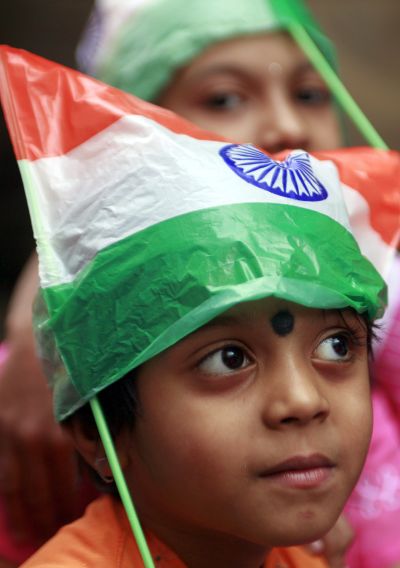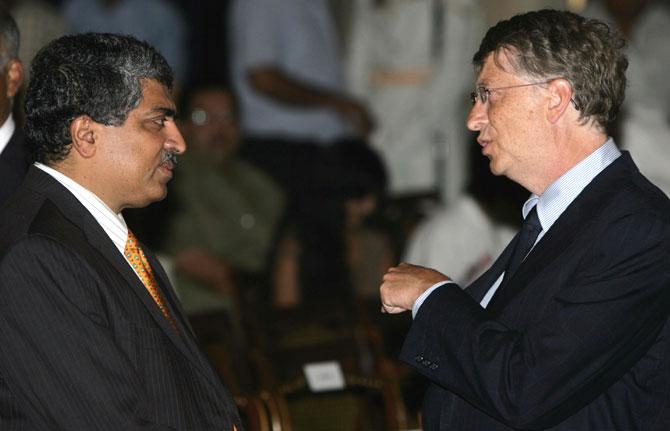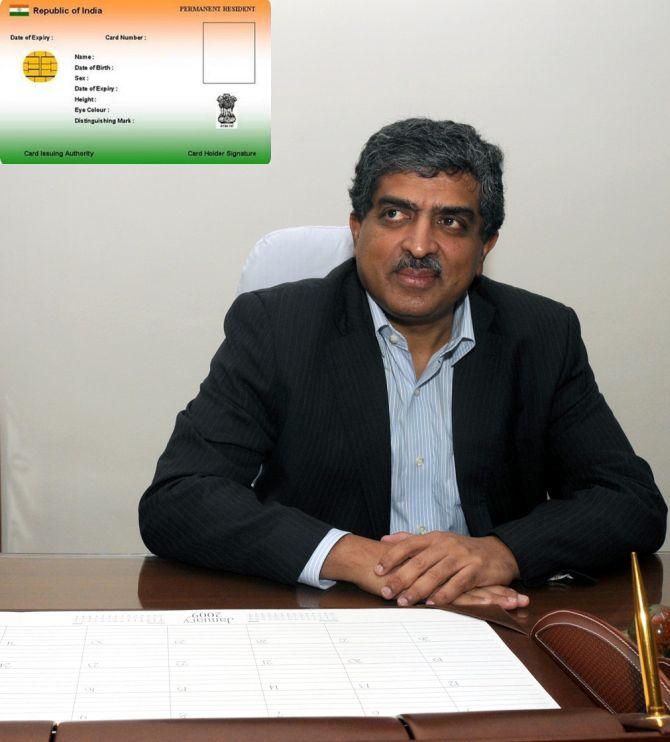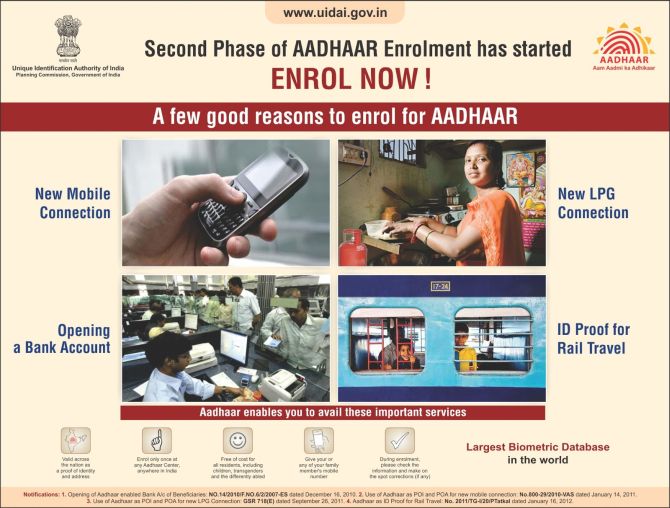 | « Back to article | Print this article |
Govt draws a watertight case for Aadhaar
Soon after the rap from the Supreme Court, the government has got into a fire-fighting mode to solve the crisis over the Unique Identity or Aadhaar project.
According to officials in the know, the government is preparing a water-tight case to justify the need for Aadhaar for availing some government services as it gears up to seek a review of the Supreme Court order.
The National Identific-ation Authority of India Bill, 2010, which will provide a legal backing to the Aadhaar initiative, is also likely to be taken before the Cabinet for discussion this week.
The Supreme Court had observed last week that enrolling in the project could not be made a condition to access government services or subsidies.
Click NEXT to read further. . .
Govt draws a watertight case for Aadhaar
This has adversely impacted the ongoing direct benefits transfer initiative with user agencies such as the petroleum ministry seeking a legal view on how to carry on with a scheme that transfers cooking gas subsidy directly to the Aadhaar-linked bank accounts of beneficiaries.
The Bill, which was sent back by the Parliamentary Standing Committee headed by Bharatiya Janata Party leader Yashwant Sinha, will be cleared by the Cabinet first and is expected to be tabled during the winter session of Parliament.
In order to prepare its ground well before approaching the apex court, the government has also pulled out two significant Supreme Court orders, which have recommended the use of Aadhaar in the past for accessing government services such as the public distribution system.
Click NEXT to read further. . .
Govt draws a watertight case for Aadhaar
“Other departments which have been using Aadhaar for subsidy payments under them are also being requested to provide data on how the linkage has helped them remove fakes and duplicates from the system,” said a government official who did not wish to be identified.
The person also said that since the Supreme Court highlighted the issue of enrolling illegal migrants, data is being readied to show that a miniscule 0.2 per cent of people are enrolled without any documents under the introducer system under the project.
In an order passed in September 2011 in the matter between People’s Union for Civil Liberties and Union of India, a committee under retired Justice D P Wadhwa had recommended the electronic authentication of delivery and payments under the PDS should be done through online Aadhaar to reform the system.
Click NEXT to read further. . .
Govt draws a watertight case for Aadhaar
“States/UTs (Union territories) maybe encouraged to include the PDS-related KYR+ (know your residence) field in the date collection exercise being undertaken by various Registrars across the country as part of the UID (Aadhaar) enrolment,” it said.
In the second order dealing with the issue of bogus admissions in government schools, the court gave a direction to the Education Department of Kerala “to issue UID card to all the school children” to determine the number of actual students in the school.
Business Standard has reviewed copies of both these orders.
Last week on Monday, the Supreme Court had said in an order that “No person should suffer for not getting the Aadhaar card in spite of the fact that some authority had issued a circular making it mandatory and when any person applies to get the Aadhaar card voluntarily, it may be checked whether that person is entitled for it under the law and it should not be given to any illegal immigrant.”
The order has raised concerns about the way forward for the direct benefits transfer scheme. It is a bigger cause of worry for governments such as that of Delhi that are about to go to the polls soon and have mandated the use of Aadhaar for many government services such as marriage and property registration.
UIDAI has enrolled almost 500 million residents so far and has a target of giving the UID number to 600 million people by 2014.




